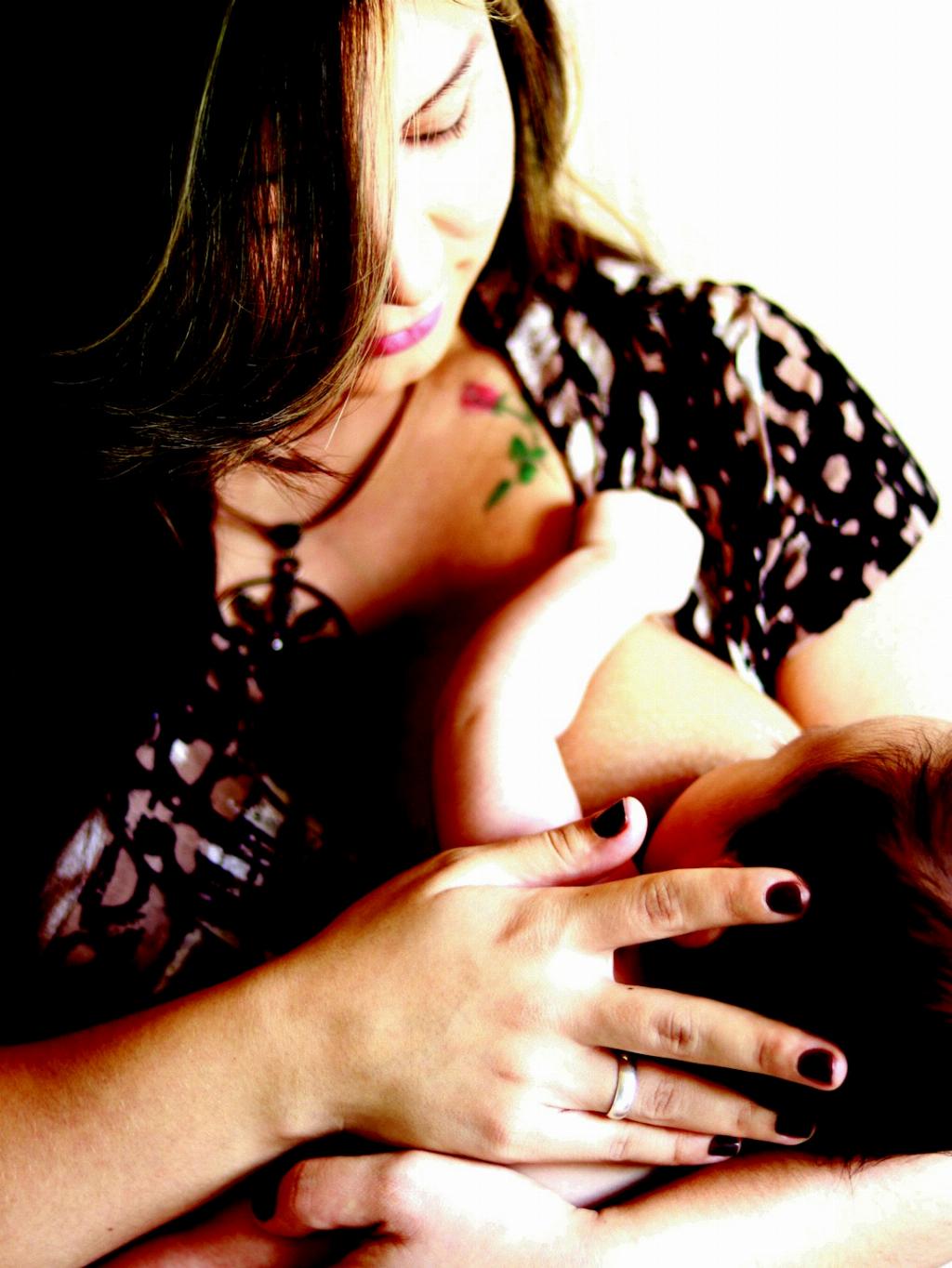Dealing with a milk bleb can be a frustrating experience for breastfeeding mothers. A milk bleb, also known as a milk blister, is a common issue that can cause discomfort and impact milk flow. Fortunately, there are simple and effective ways to alleviate this problem and promote healing.
One of the first steps in addressing a milk bleb is to soften the affected area. Using a gentle oil like olive oil can help to soften the hardened skin around the bleb. Simply apply the oil with a cotton ball and allow it to sit for 20 to 30 minutes. To prevent oil stains on your clothes, consider placing a towel or breast pad between your nipple and shirt.
After allowing the oil to work its magic, gently exfoliate the milk bleb with a clean washcloth. This can help to remove the blockage and promote healing. Be cautious and gentle during this process to avoid causing further irritation to the area.
In addition to softening and exfoliating, applying warmth to the affected breast can also be beneficial in addressing a milk bleb. Warm compresses or soaking the breast in warm water can help to soften the skin and reduce discomfort. Make sure the temperature is comfortable and not too hot to avoid burns.
If you are experiencing pain or discomfort from the milk bleb, consider taking pain relievers such as ibuprofen to help manage the symptoms. Always consult with a healthcare provider before taking any medication while breastfeeding to ensure it is safe for you and your baby.
It can also be helpful to adjust your breastfeeding position to ensure proper milk flow and avoid further irritation to the affected nipple. Experiment with different positions and techniques to find what works best for you and your baby.
Keeping the affected nipple clean and dry can also aid in the healing process. Avoid using harsh soaps or products that may further irritate the skin. Opt for gentle cleansers and pat the area dry with a clean towel after washing.
While addressing the milk bleb, it is essential to continue breastfeeding on the affected side to prevent engorgement and maintain milk supply. If breastfeeding is too painful, consider pumping or hand expressing milk to alleviate pressure and prevent further complications.
If home remedies do not provide relief or the milk bleb persists, consider seeking advice from a lactation consultant or healthcare provider. They can offer additional support and guidance to help resolve the issue and ensure successful breastfeeding.
Remember, dealing with a milk bleb is a common challenge that many breastfeeding mothers face. With patience and the right techniques, you can effectively address the issue and continue to provide nourishment for your baby.

